6 products
-
Musa Basjoo Cold Hardy Banana Fruit Tree
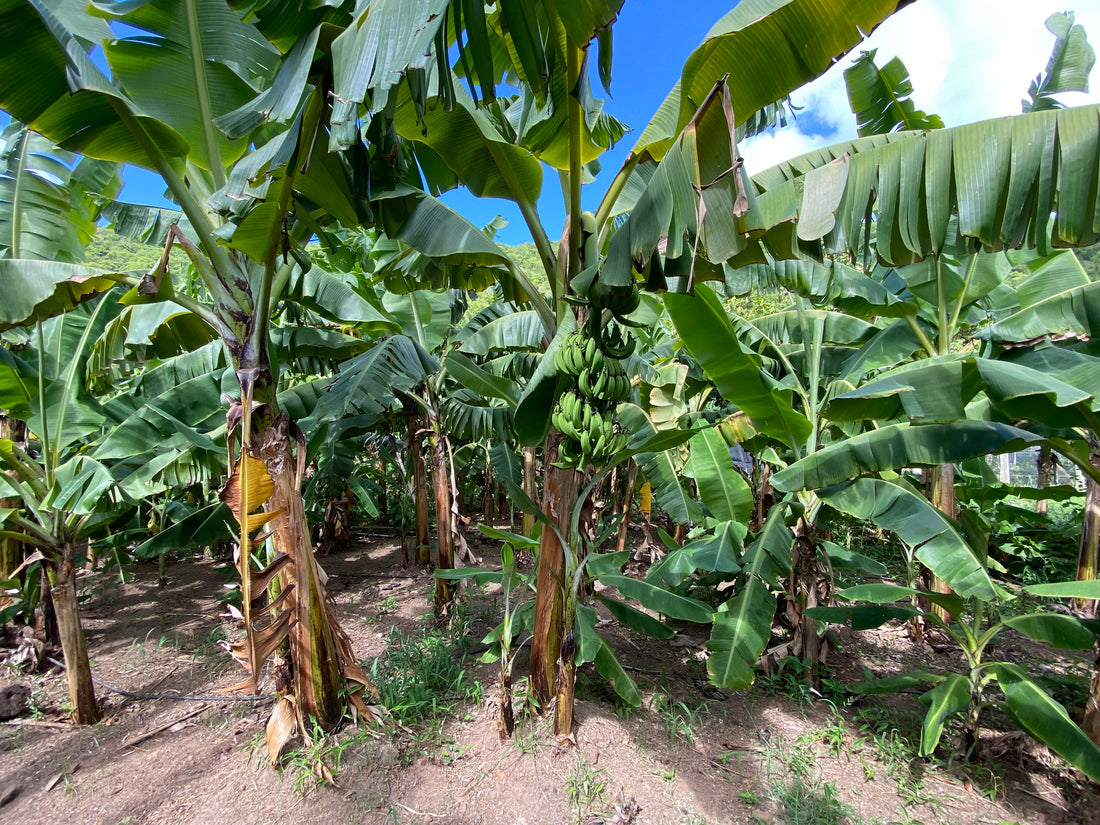
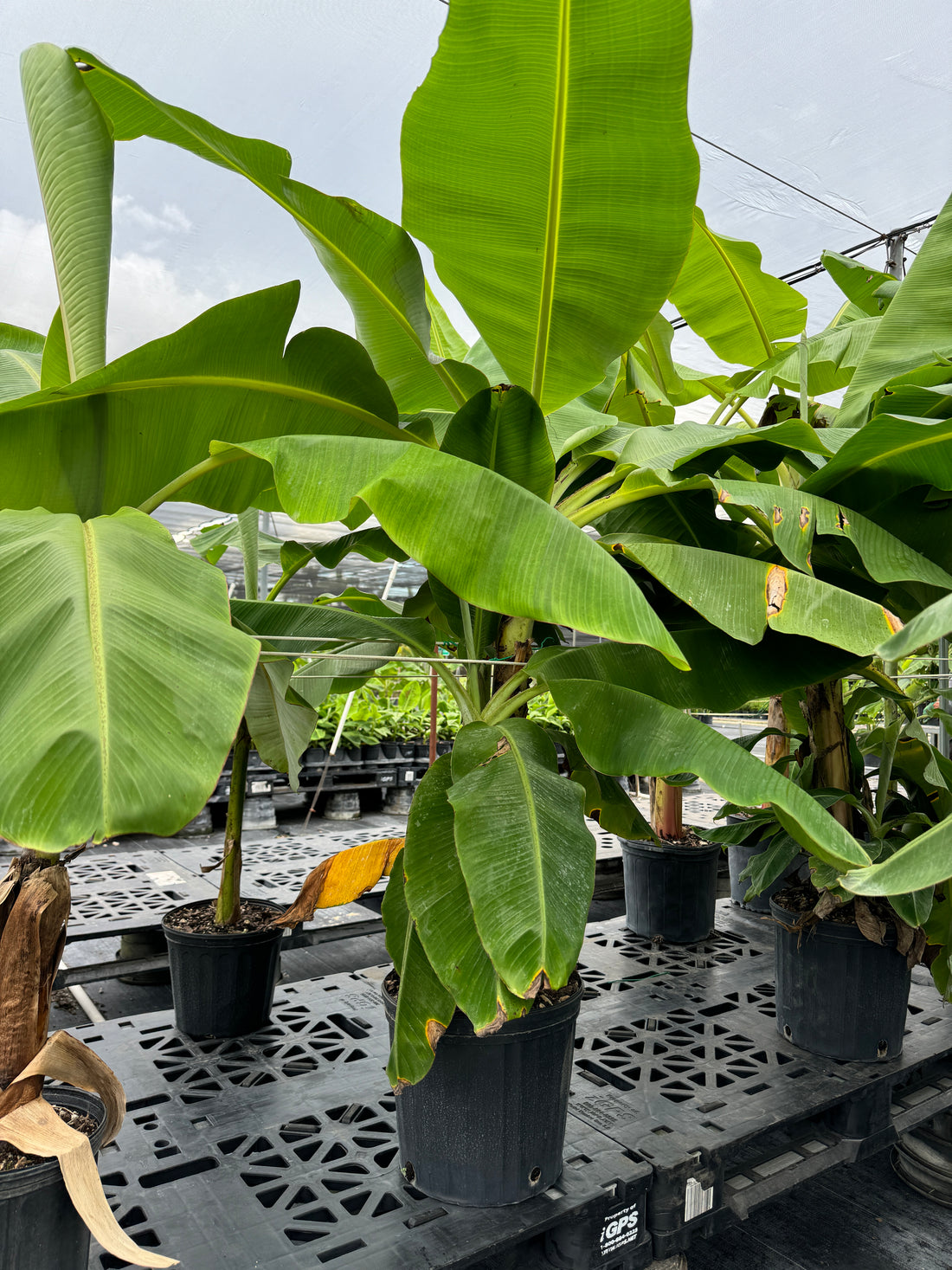 Musa Basjoo Cold Hardy Banana Fruit TreeLandscape Plants
Musa Basjoo Cold Hardy Banana Fruit TreeLandscape Plants- Regular price
-
$49.99 $375.00 - Regular price
-
$49.99 - Sale price
-
$49.99 $375.00
-
Dwarf Cavendish Banana Fruit Tree
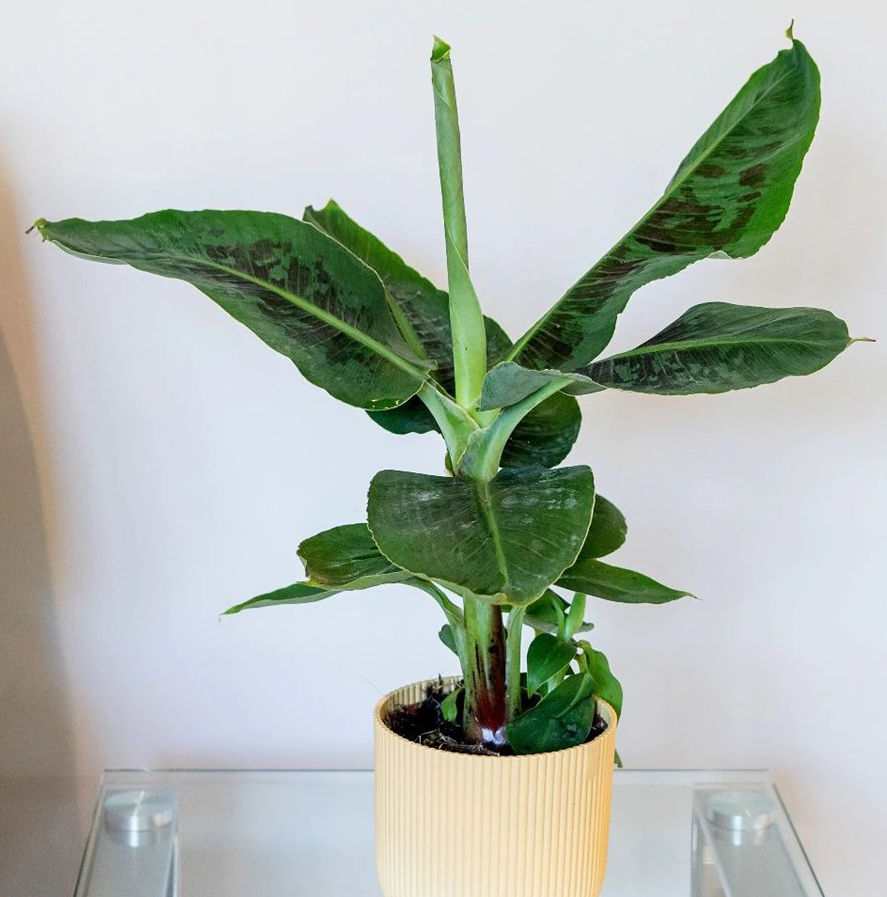
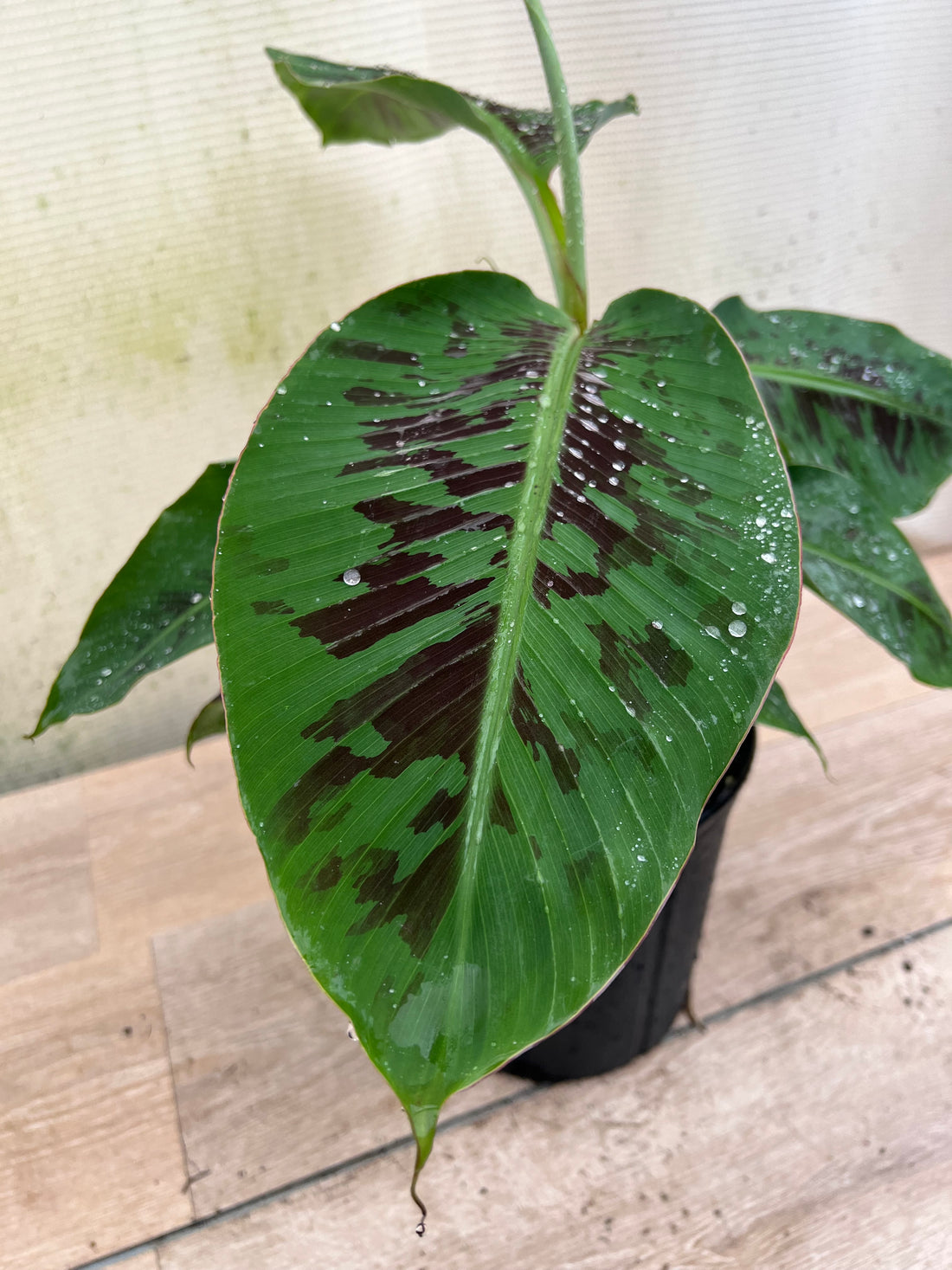 Dwarf Cavendish Banana Fruit TreeHouse Plants
Dwarf Cavendish Banana Fruit TreeHouse Plants- Regular price
-
From
$34.99 - Regular price
-
$39.99 - Sale price
-
From
$34.99
-
Ice Cream Banana Tree Musa Blue Java
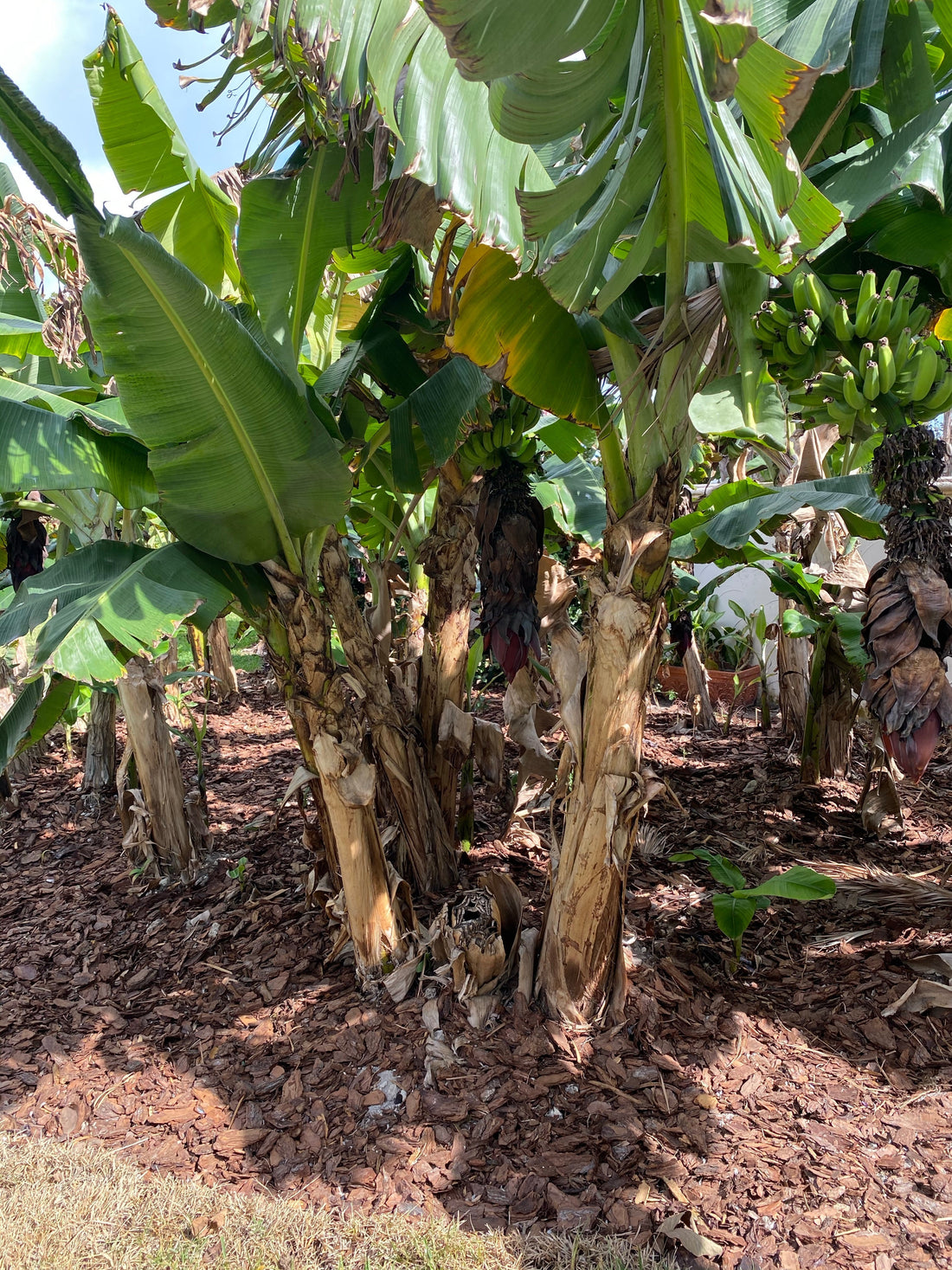
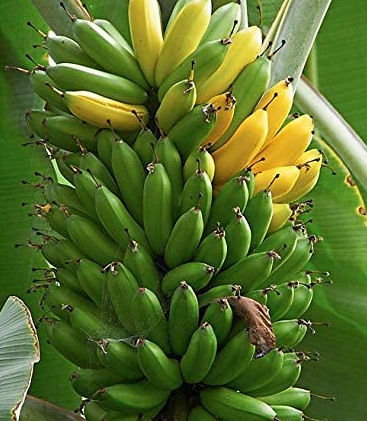 Ice Cream Banana Tree Musa Blue JavaLandscape Plants
Ice Cream Banana Tree Musa Blue JavaLandscape Plants- Regular price
-
$49.99 $375.00 - Regular price
-
$49.99 - Sale price
-
$49.99 $375.00
-
Grand Nain Musa Banana Fruit Tree
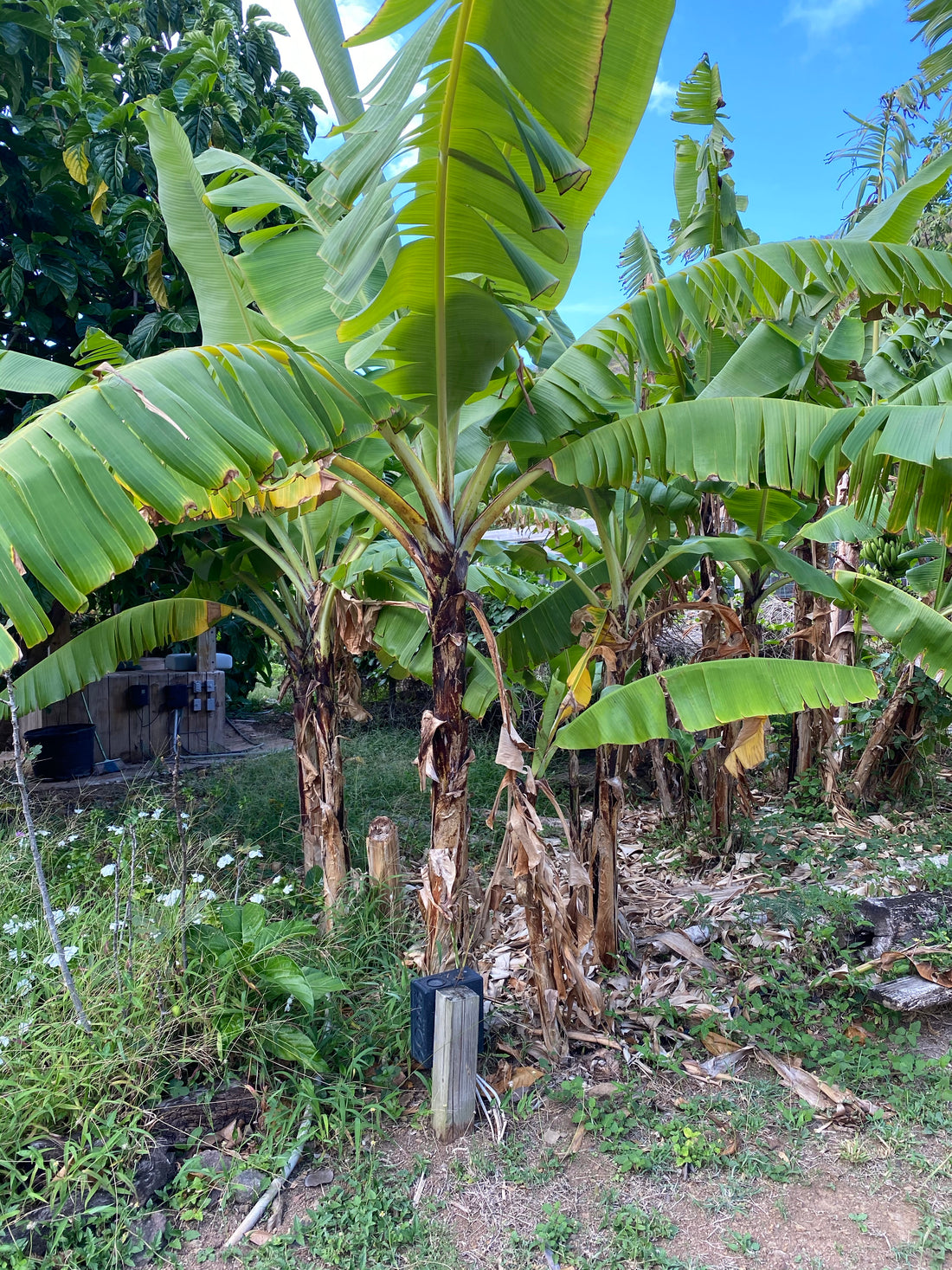
 Grand Nain Musa Banana Fruit TreeLandscape Plants
Grand Nain Musa Banana Fruit TreeLandscape Plants- Regular price
-
From
$39.99 - Regular price
-
$49.99 - Sale price
-
From
$39.99
-
Gold Finger Banana Fruit Tree
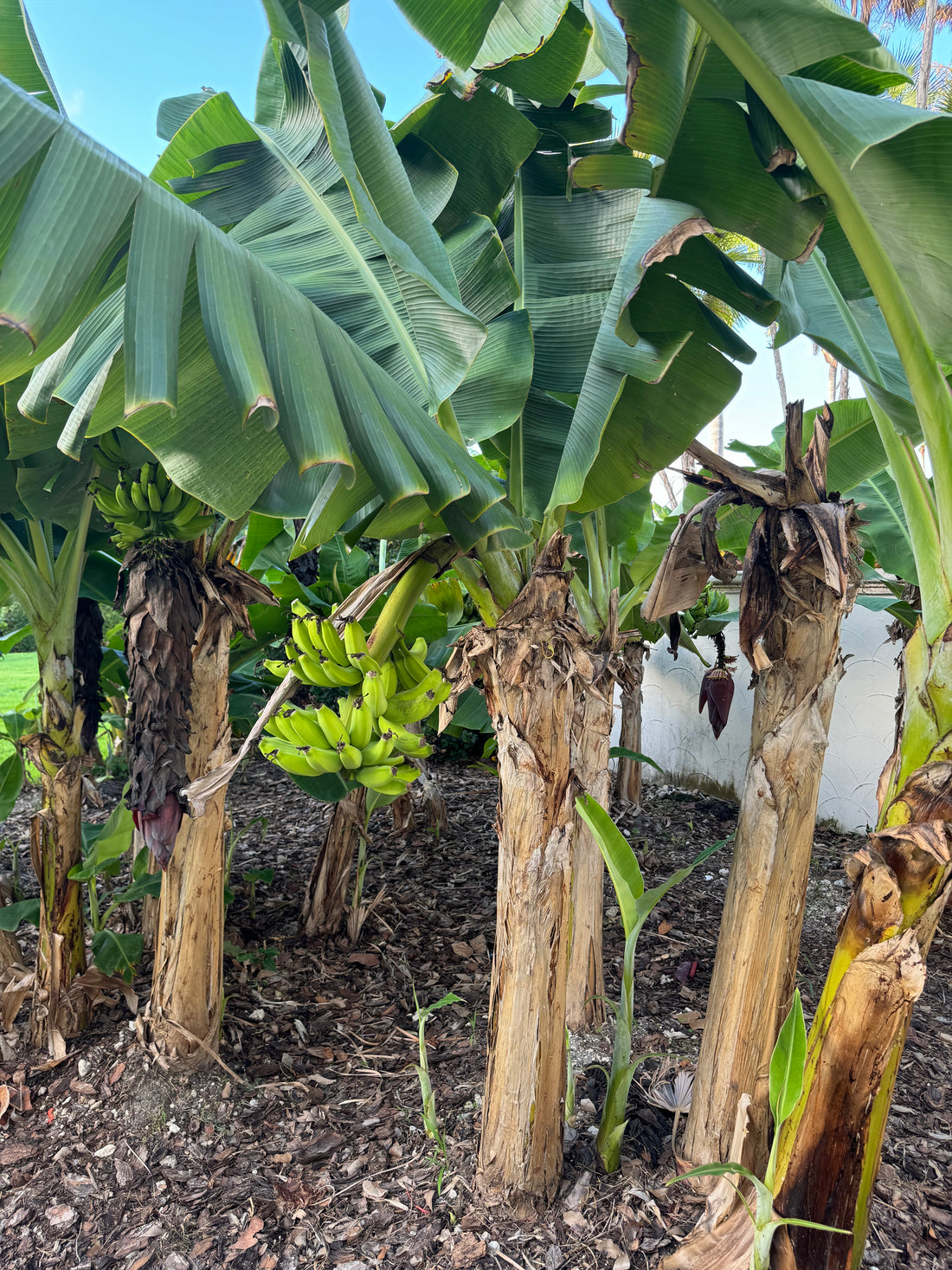
 Gold Finger Banana Fruit TreeFruit Tree
Gold Finger Banana Fruit TreeFruit Tree- Regular price
-
From
$34.99 - Regular price
-
$39.99 - Sale price
-
From
$34.99
-
Croton Banana Yellow, Live Tropical Plant indoor or Outdoor
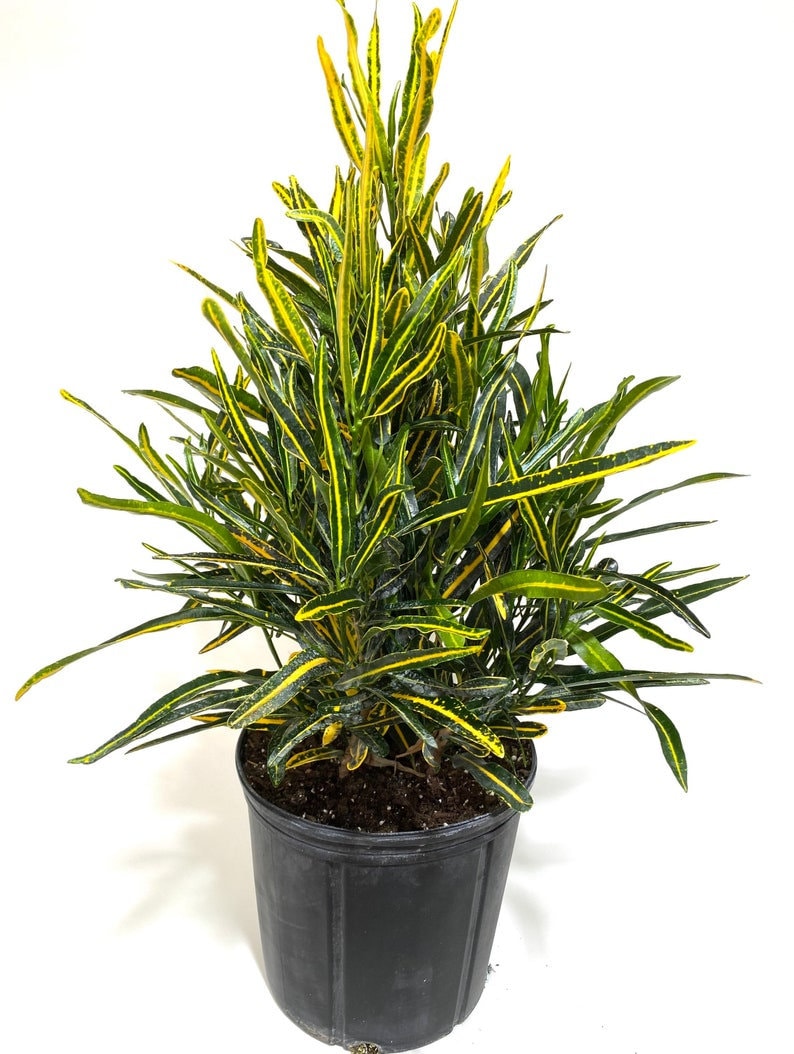
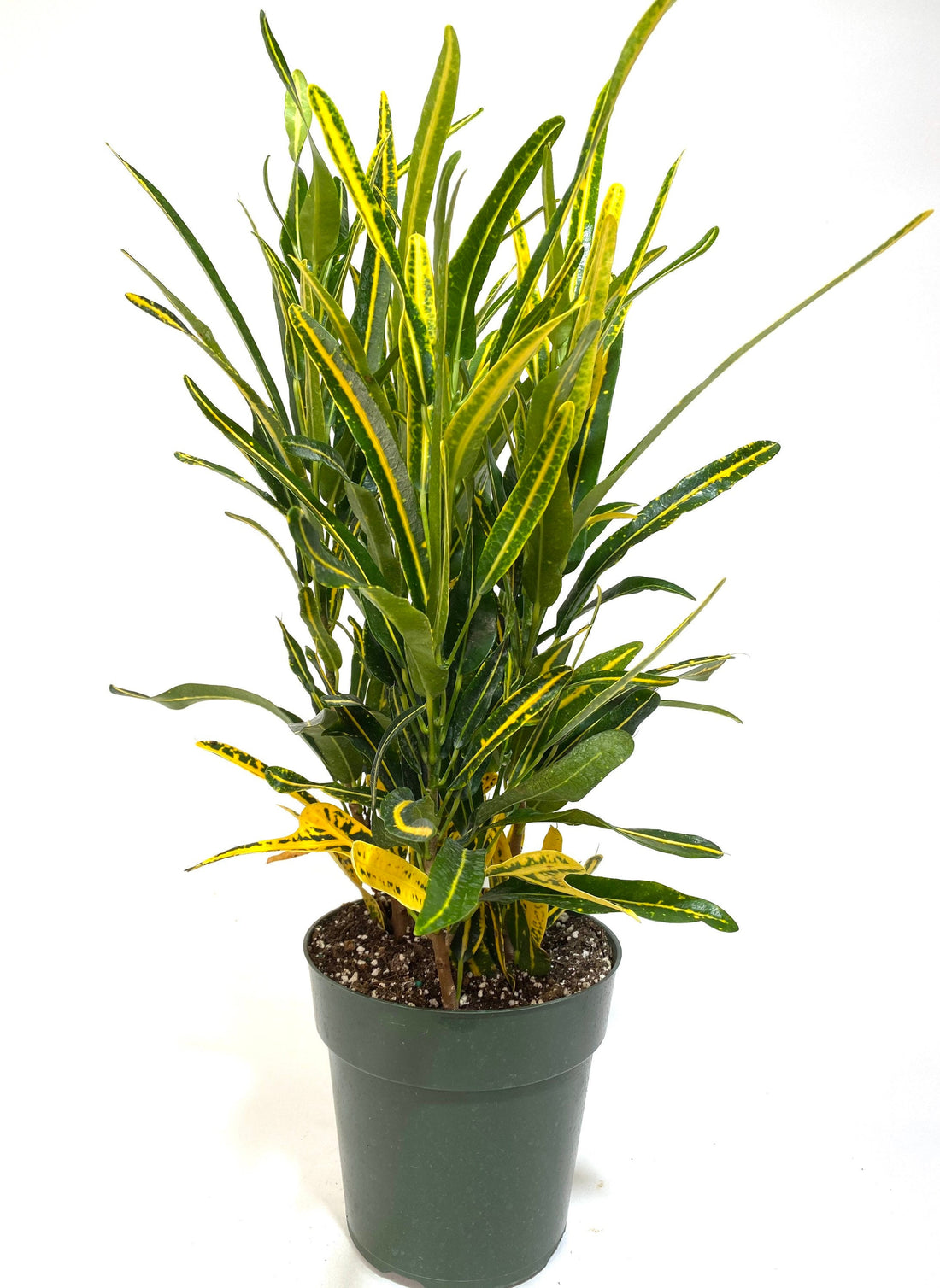 Croton Banana Yellow, Live Tropical Plant indoor or OutdoorHouse Plants
Croton Banana Yellow, Live Tropical Plant indoor or OutdoorHouse Plants- Regular price
-
From
$29.99 - Regular price
-
$34.97 - Sale price
-
From
$29.99
The banana fruit tree, scientifically known as Musa spp., is a tropical plant that produces one of the most widely consumed fruits in the world. Here are some key facts about banana fruit trees:
Origin and Distribution: Bananas are believed to have originated in Southeast Asia, specifically in the region comprising Malaysia, Indonesia, and the Philippines. Today, they are grown in many tropical regions around the world, including Central and South America, Africa, India, and the Caribbean.
Appearance: Banana plants are large herbaceous plants rather than trees, with a pseudostem made up of tightly packed leaf sheaths. They can reach heights of 10 to 30 feet (3 to 9 meters) or even taller, depending on the variety and growing conditions. Banana leaves are large and broad, with a vibrant green color.
Fruit: The fruit of the banana plant is technically a berry. It is elongated, with a curved shape and a thick peel that can be yellow, green, or even red, depending on the variety and ripeness. The flesh of bananas is soft and creamy, with a sweet and distinctive flavor. Bananas come in various sizes, from small finger-sized ones to larger varieties.
Varieties: There are numerous banana varieties available worldwide, offering different flavors, textures, and uses. Some common varieties include Cavendish (the most popular commercial variety), Lady Finger (also known as Baby or Mini Bananas), Plantain (used for cooking), and Red Banana (with a reddish skin and sweeter taste).
Cultivation: Banana plants thrive in warm, tropical climates with temperatures between 77°F and 95°F (25°C to 35°C). They require well-draining soil and regular watering. Bananas are typically propagated through suckers, which are offshoots that grow from the base of the plant. It takes around 9 to 12 months for a banana plant to produce fruit.
Uses: Bananas are primarily consumed fresh but can also be used in various culinary preparations. They are delicious eaten on their own, added to smoothies, baked into bread or muffins, or sliced and added to desserts. Plantain varieties are often cooked and used in savory dishes.
Nutritional Benefits: Bananas are not only tasty but also provide a range of beneficial nutrients. They are a good source of vitamins (such as vitamin C and vitamin B6), minerals (such as potassium and magnesium), and dietary fiber. Bananas are known for their energy-boosting properties and are often consumed by athletes.
Bananas are a versatile and nutritious fruit with a wide range of uses. Whether you enjoy them as a quick snack or incorporate them into your favorite recipes, bananas are a popular and beloved fruit around the world.














